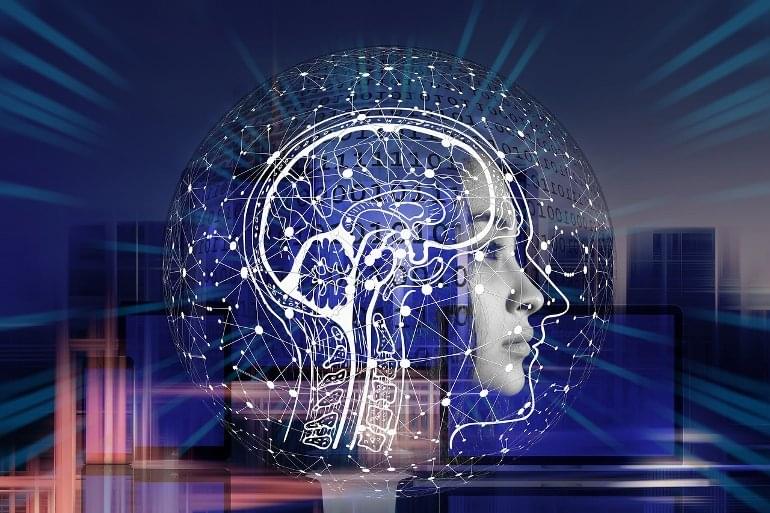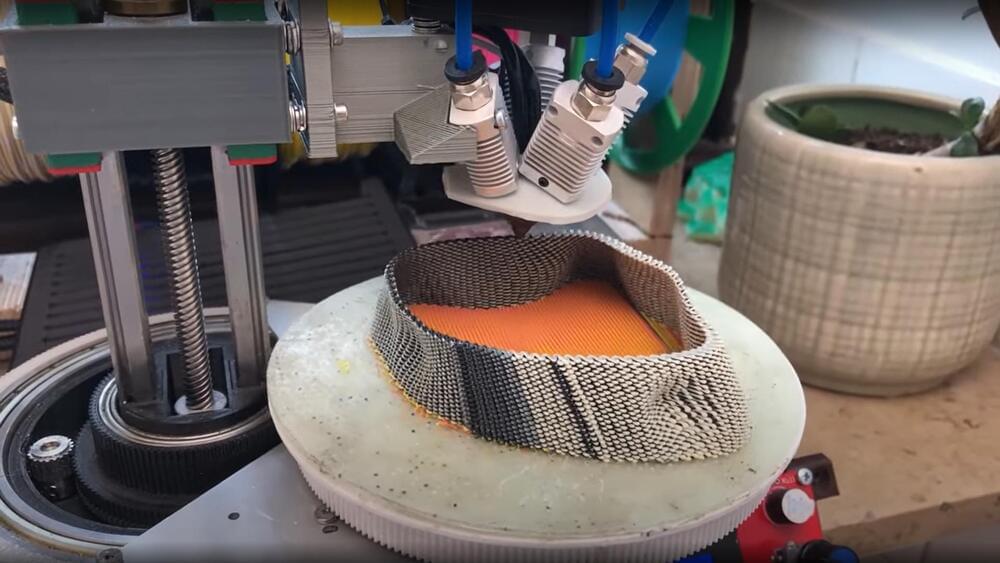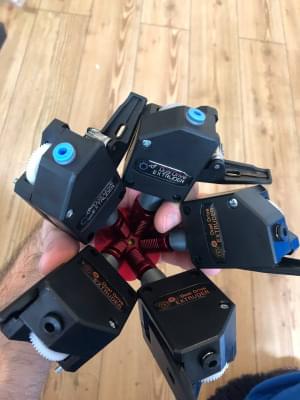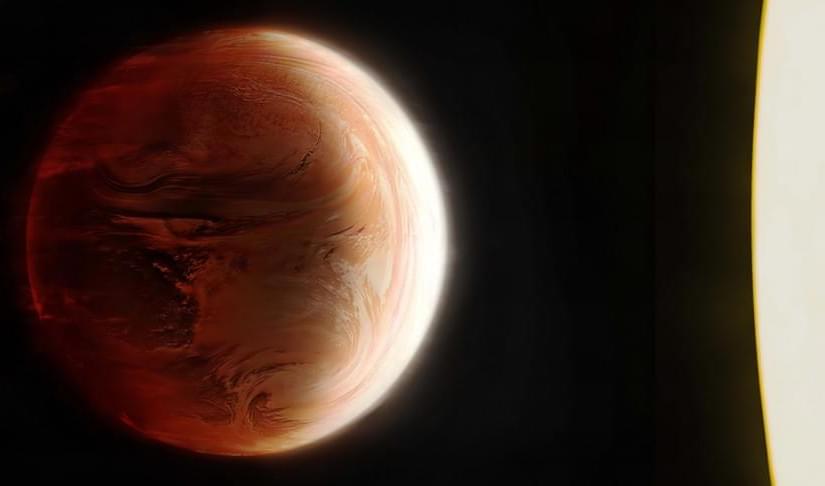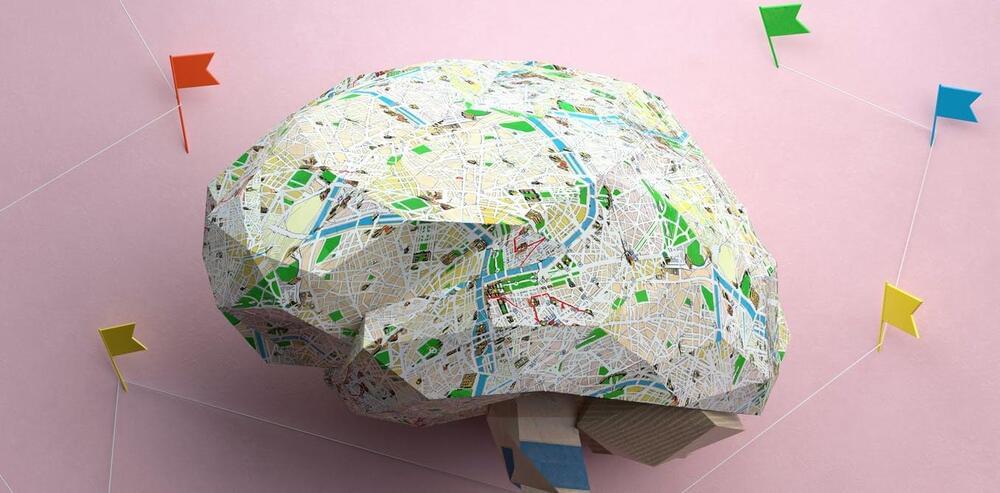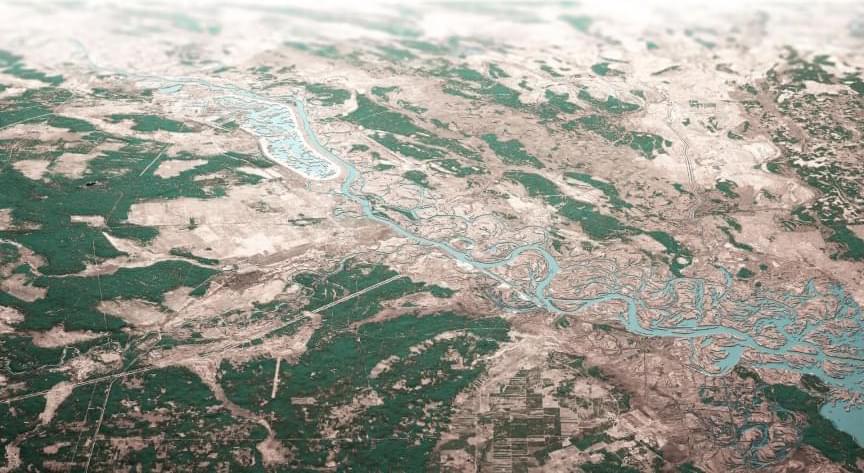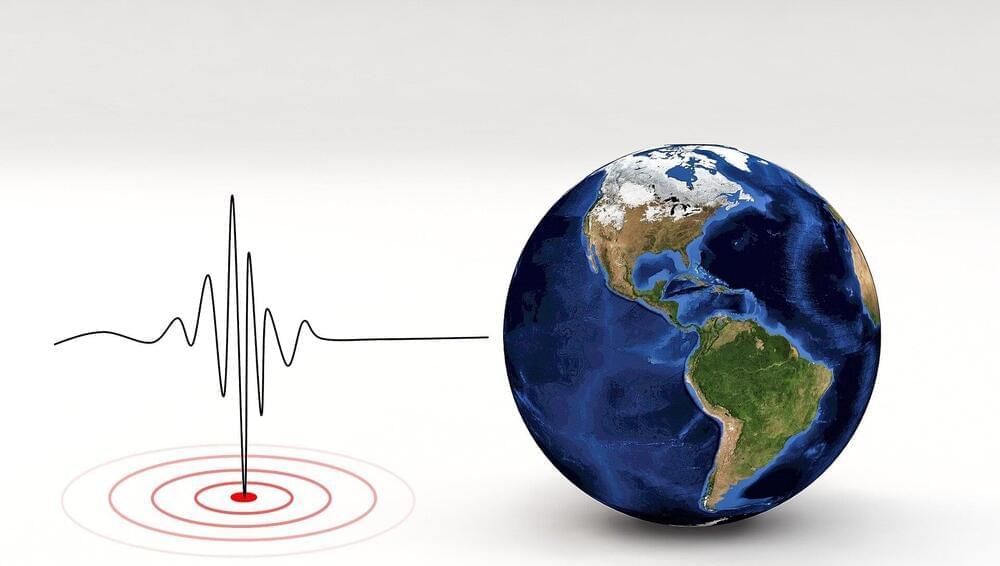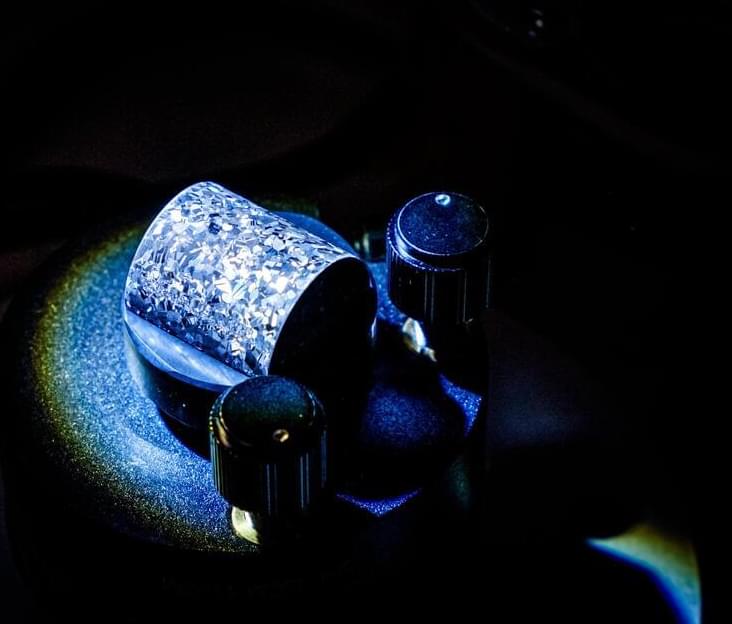Apr 11, 2022
A Single Memory Is Stored Across Many Connected Brain Regions
Posted by Jose Ruben Rodriguez Fuentes in categories: mapping, neuroscience
Summary: Brain mapping study reveals memory engrams are widely distributed throughout the brain, including among regions not previously realized.
Source: picower institute for learning and memory.
A new study by scientists at The Picower Institute for Learning and Memory at MIT provides the most comprehensive and rigorous evidence yet that the mammalian brain stores a single memory across a widely distributed, functionally connected complex spanning many brain regions, rather than in just one or even a few places.
